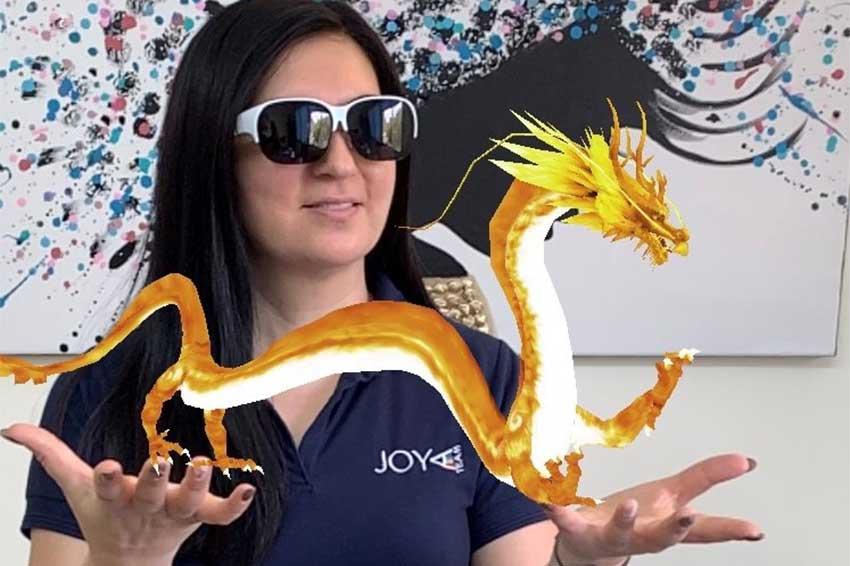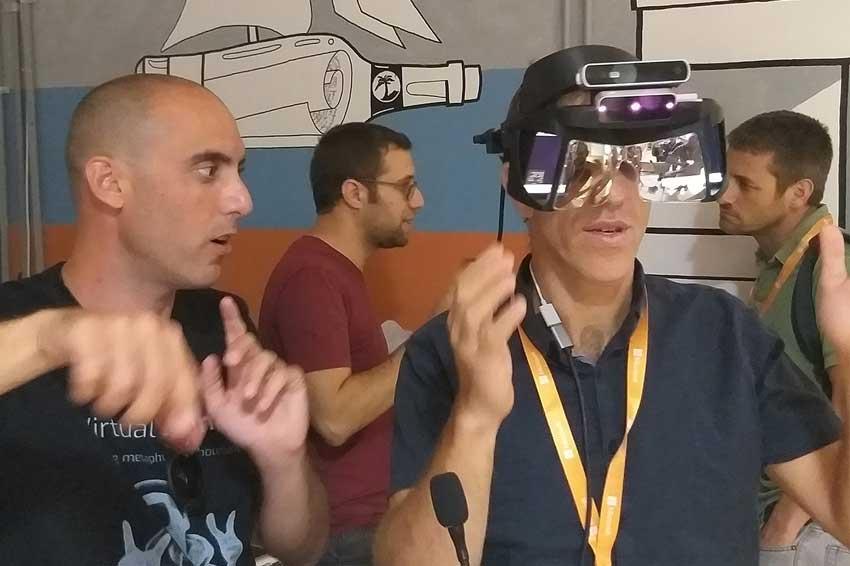Augmented / virtual / mixed reality systems optical terminology
Definitions, explanation, considerations for requirements formation
The AR / VR / MR systems field has recently expanded to many different applications and markets, and created a need for a common language to clear the misunderstanding and misinterpretation of terminology and to ensure efficient communication. Joya Team from Israel have come up with a glossary for everyone, starting from entrepreneurs with use case and application ideas, system engineers that define the system architecture and requirements, optical designers and engineers that develop these systems, assembly and testing engineers, and technicians.
The incentive for this two-part paper originates in the lack of common terminology in the vastly expanding AR (augmented reality) / VR (virtual reality) / MR (mixed reality) systems span. We can generally call them XR systems (referring to XR for extended reality system) and their adoption in many different fields of application. Many people and companies from early-stage start-ups to large corporations entered this market recently, which is growing day by day.
Enormous numbers of patents are written and granted, new applications are continuously being created, but the fundamental terminology in this field is not well-defined. This may originate from the fact that this technology was owned by just a very few companies in the world, and strictly confined to the niche military market.
The professional information regarding these systems, including the formation of parameter definitions and requirements as well as the system architecture, design guidelines and concepts, were treated as a company’s competitive intellectual property and kept strictly confidential. We happened to be in one of the greatest schools of XR Systems, being part of the system engineering and optical design of HMD systems (helmet-mounted display systems).
In part I the authors explain several of the most important imaging parameters that form the base requirements list for an XR System specification. They give a perspective of different factors to consider when specifying these requirements for different system types. In general, each requirement formation strongly depends on the specific use case in question and the design considerations have to focus on the use case in order to provide the highest value to the user and to create an optimal working point and trade-off between the different parameters.
Part II addresses the most important non-imaging parameters that form the complementary part of the base requirements list for an XR system specification. This part of system specification is often treated with less attention, and in many cases is the reason for dissatisfactory system performances.
Reference: Olga Resnik, Yosi Arazi, Yoni Kaganovitz, and Assaf Levy-Beeri (Joya Team): Augmented / virtual / mixed reality systems optical terminology – Definitions, explanation, considerations for requirements formation. Part I: field of view, pixel resolution, and CTF / MTF, PhotonicsViews 19(1), February/March, pp. 58–62; DOI: 10.1002/phvs.202200007 • Part II: spectrum and polarization, ghost and stray light, uniformity, and conclusion, PhotonicsViews 19(2), first published online, February 2022; DOI: 10.1002/phvs.202200008
Issue 2/2022 (April/May) will be out April 22nd, in time for Laser World of Photonics. You want the printed issue in your mailbox? Please find the form for paid or qualified subscriptions for below:
Downloads
Contact
JOYA Team
Kibbutz Sarid, 3658900
Israel
+972 545 749 039








